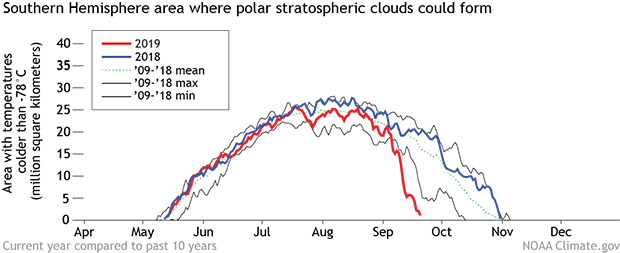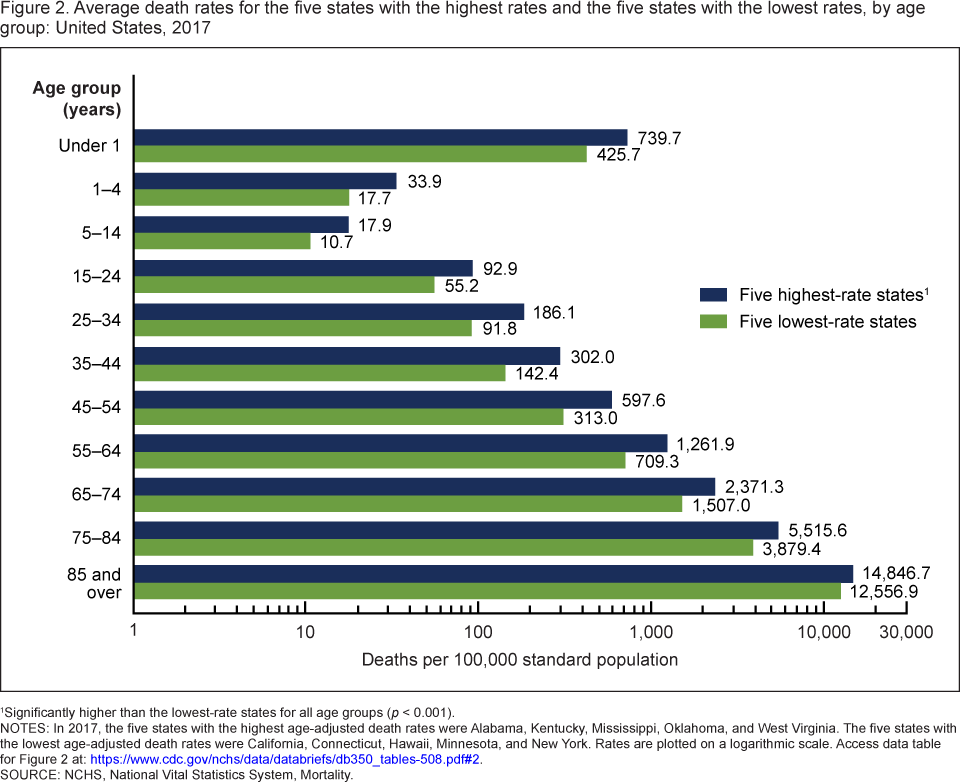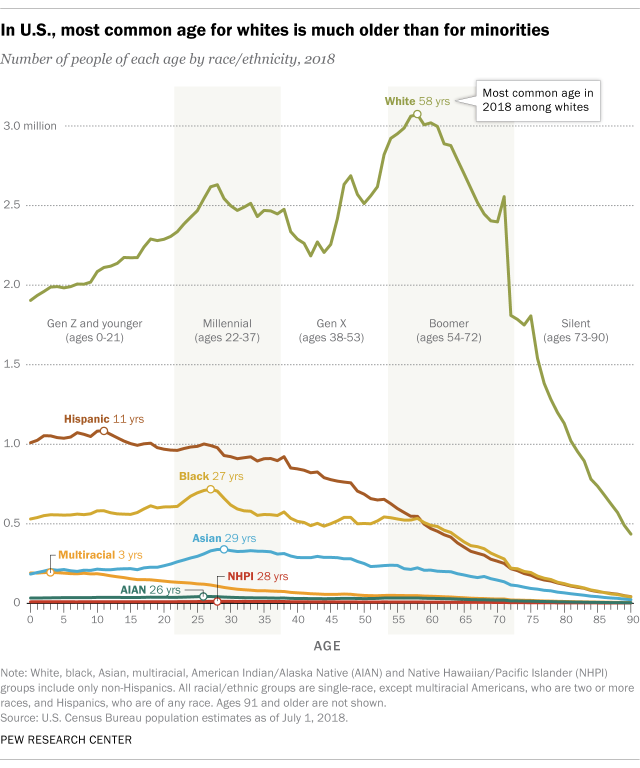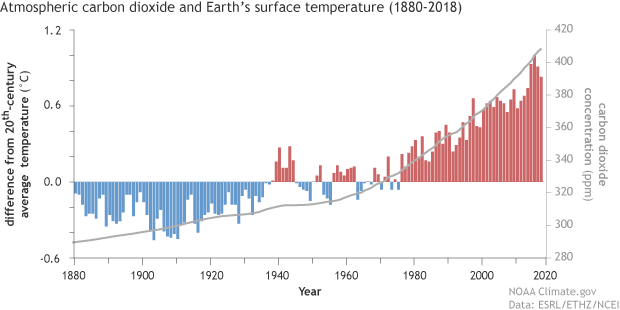 The St. Louis Fed post Staff Pick: College Education Persists Less for Blacks and Hispanics by Ana Kent (11/12/19 – reposted from Feb) explains:
The St. Louis Fed post Staff Pick: College Education Persists Less for Blacks and Hispanics by Ana Kent (11/12/19 – reposted from Feb) explains:
Educational attainment tells us quite a bit about the types of financial outcomes we should expect a family to have. So does the education of the family’s parents. Unsurprisingly, most people tend to achieve the same level of education as their parents, with college “persisters” (college graduates for whom at least one parent was also a college grad) having the best financial outcomes.
There are racial differences, for example (note: the chart here is population composition – see the table in the article for persistence rates by race):
Blacks had the lowest intergenerational college persistence. If at least one parent had a degree, only 1 in 3 continued to get a college degree themselves.
Intergenerational no-college persistence also showed marked racial differences. Hispanics had the highest no-college persistence, with just under 9 in 10 not achieving a four-year degree if neither parent did.
The post has two graphs and one table.








